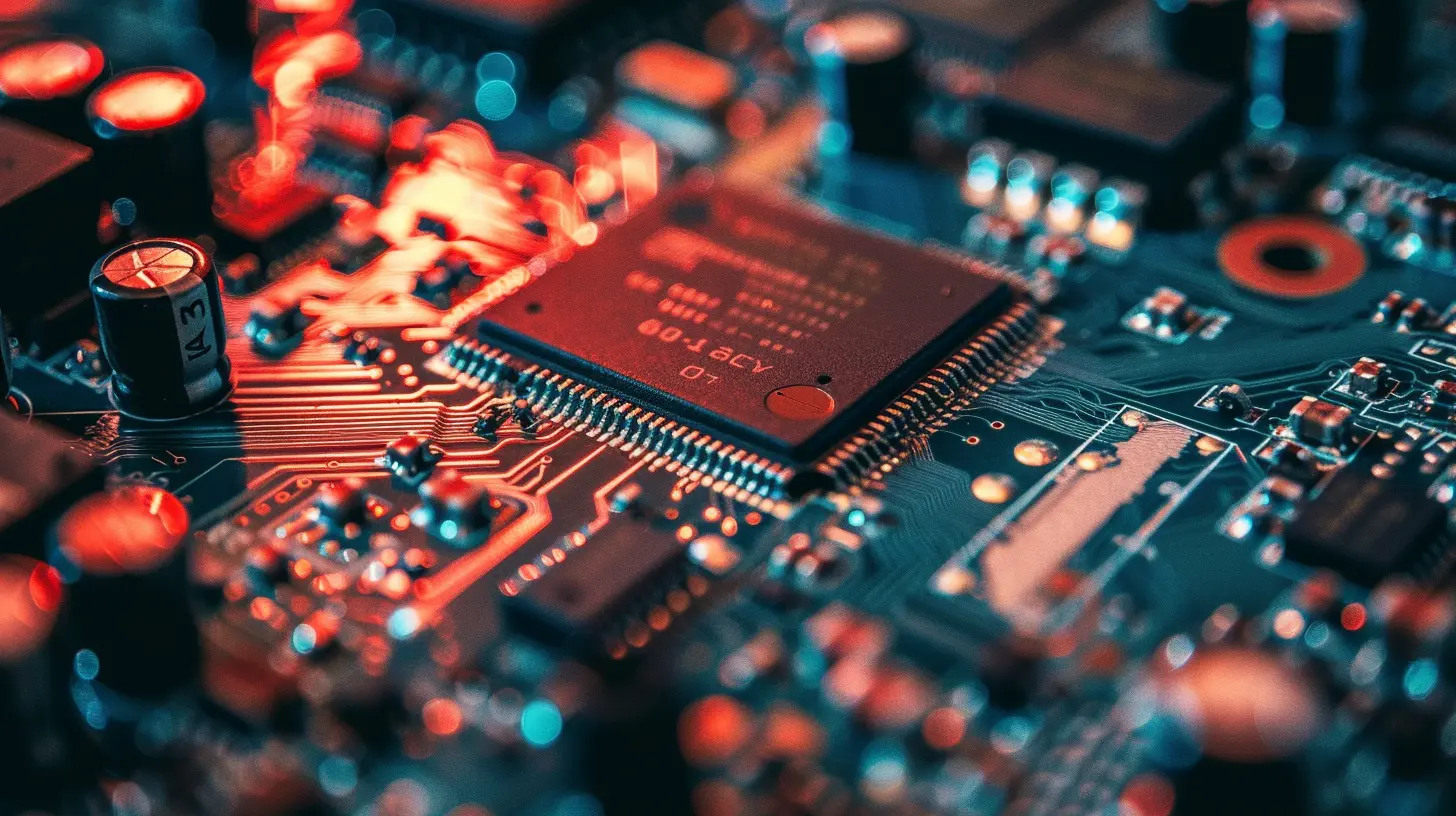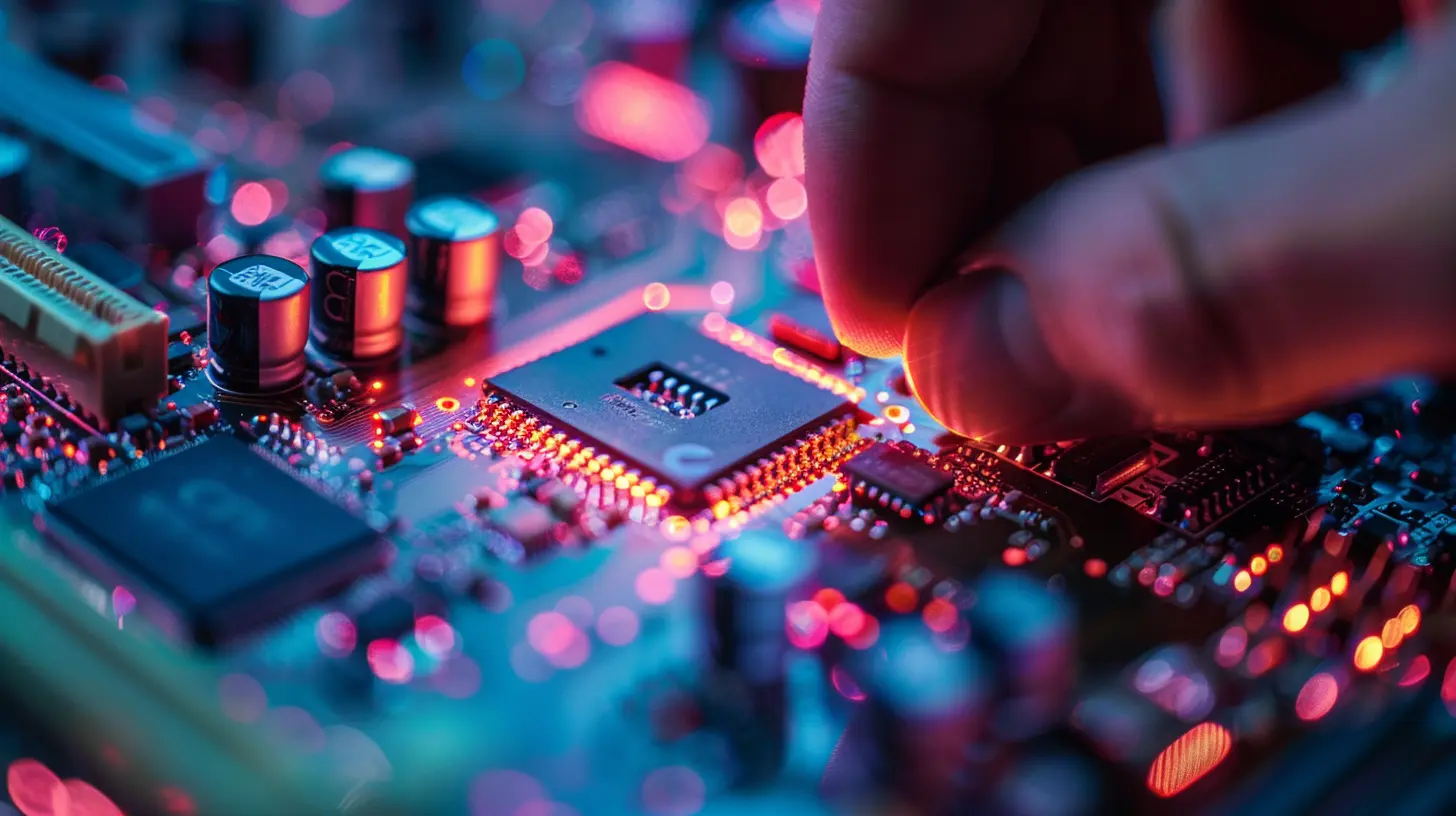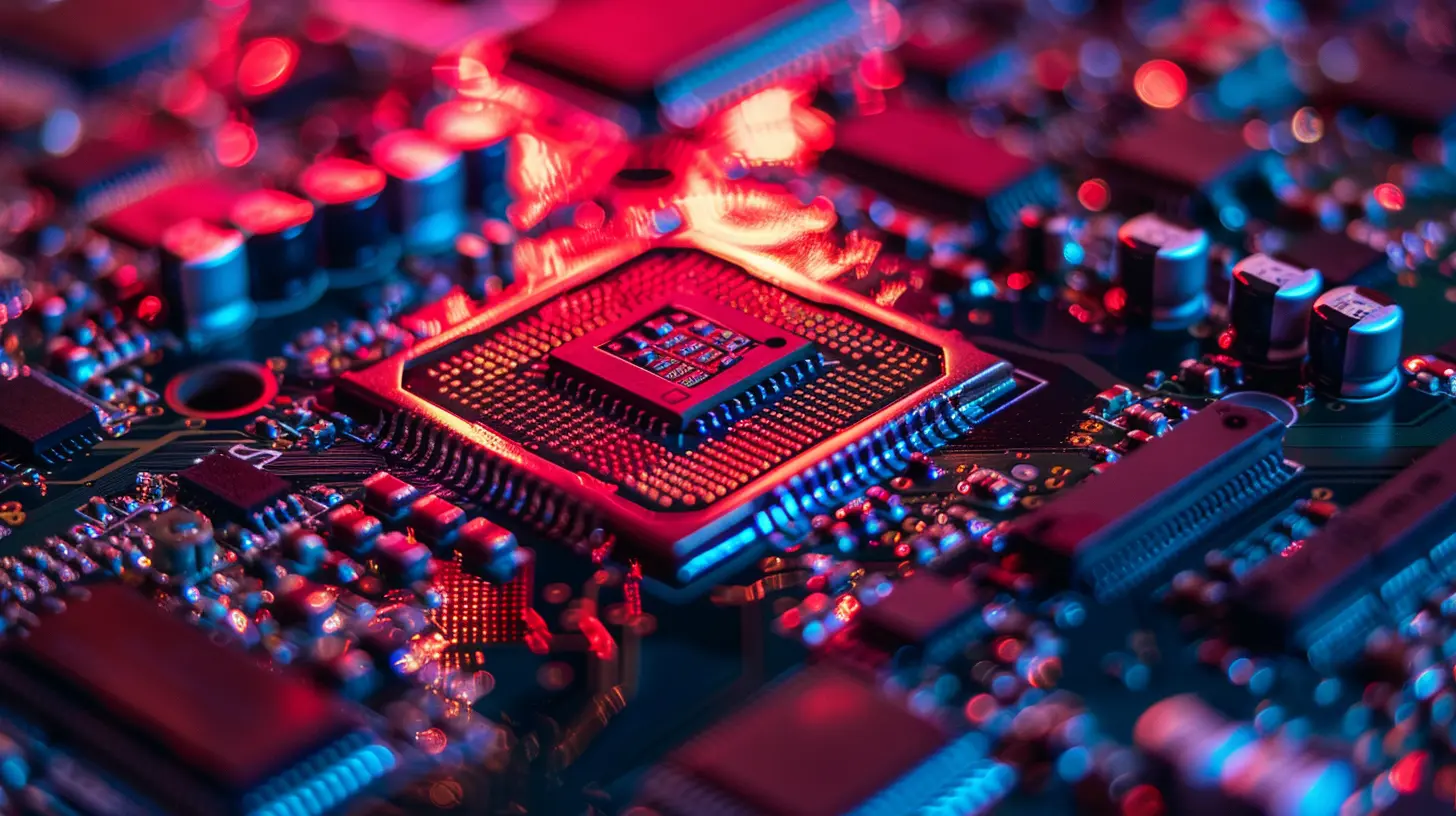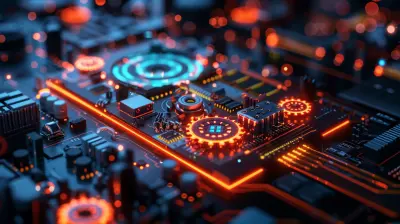How to Properly Ground Yourself When Working with Computer Components
22 June 2025
Computers are delicate creatures, a symphony of circuits, silicon, and electrical signals that dance in harmony. Yet, just one stray zap of static electricity can send this digital orchestra into chaos. If you've ever cracked open a PC case, ready to install a new RAM stick or swap out a GPU, you've probably heard the warning: "Make sure you're grounded!" But what does that mean, really? And how do you ensure you're not the cause of a short-lived and costly tragedy?
In this guide, we'll walk through the art of grounding yourself properly when working with computer components. No unnecessary jargon, no complicated theory—just practical, easy-to-follow steps to keep yourself and your precious hardware safe.
Why Grounding Matters
Ever shuffled across a carpeted floor, reached for a doorknob, and felt that tiny zap? That’s static electricity, and it can build up in your body as you move around. Now, imagine that same electrical discharge leaping into a fragile computer component. Unlike a doorknob, your motherboard or RAM module doesn’t just shake off the shock—it can suffer irreversible damage.Static discharge (ESD) might be invisible, but it's a silent killer of hardware. Tiny shocks that are imperceptible to you can fry sensitive transistors and circuits, rendering expensive components useless. And here’s the kicker: you might not even realize the damage until your PC refuses to boot.
Grounding yourself ensures that any static buildup in your body is safely discharged before touching delicate electronics. Think of it as shaking off dangerous energy before stepping into the operating room of PC building.
Best Methods to Ground Yourself
Now that we know why grounding is crucial, let’s look at how to do it effectively.1. Wear an Anti-Static Wrist Strap (The Gold Standard)
If you're serious about protecting your components, an anti-static wrist strap is your best friend. This simple tool consists of a band you wear around your wrist, with a wire that clips onto a grounded object, such as: - The metal chassis of your computer case (provided it’s plugged in and switched off).
- A grounded metal object, like a radiator or a properly grounded power strip.
This setup ensures that any static charge in your body continuously flows out harmlessly, preventing buildup while you work.
> Pro Tip: If you're frequently tinkering with PCs, invest in a high-quality anti-static strap. They’re cheap insurance for expensive mistakes.
2. Keep One Hand on the Metal Case (The Budget-Friendly Method)
No strap? No problem. Many PC builders swear by the simple method of keeping one hand on the metal frame of the PC case while working inside. If your case is plugged into a grounded outlet (with the power switch turned off), it acts as a natural grounding point.Just be mindful: letting go for too long may allow static to build up again. If you're moving around a lot, it’s best to re-ground yourself periodically.
> Analogy: Think of yourself as a balloon rubbing against a sweater—every movement builds static charge. Keeping your hand on metal is like continuously depleting that charge before it becomes a problem.
3. Work on an Anti-Static Mat
An anti-static mat is like a superhero’s shield against rogue electrical charges. Designed to dissipate electricity safely, these mats provide a work surface that prevents static buildup on your components. Simply place your parts on the mat and ground yourself properly while working. If you handle high-value components often, an anti-static mat is a great addition to your workstation.
4. Touch a Grounded Metal Object Before Handling Components
If you're doing a quick install and don’t have an anti-static wrist strap or mat, here’s a bare-bones solution:Before touching any computer components, touch a large, grounded metal object. This could be:
- A metal desk frame
- A grounded power supply chassis
- A metal water pipe
This discharges any built-up static, significantly reducing the risk of accidental damage.
5. Work in a Static-Free Environment (Control the Atmosphere)
Believe it or not, your workspace plays a huge role in static buildup. To minimize risk: - Avoid working on carpeted floors (they’re static factories).
- Opt for hard flooring like wood or tile when possible.
- Wear cotton clothing instead of wool or synthetic fabrics (which generate more static).
- Humidity matters—dry air amplifies static buildup. If possible, use a humidifier to maintain an optimal level of moisture in the air.
> Analogy: Think of dry air as kindling for a fire; just a little friction and—zap! A humidifier keeps the sparks at bay.
What NOT to Do
Knowing what not to do is just as important as knowing what works. Here are some common mistakes to avoid:❌ Don’t Work on Carpeted Floors
Carpet generates static like a storm brewing, making it a terrible place to build or upgrade your PC. If you must work on a carpet, at least remove your socks and touch a grounded object frequently.❌ Don’t Wear Wool or Synthetic Fabrics
Some clothing materials act like static generators, increasing the chances of an unpleasant zap. Stick to natural fibers like cotton.❌ Don’t Rely on a Surge Protector for Grounding
While surge protectors protect against power surges, they do not ground your body when working with electronics. You still need to use one of the proper grounding methods.❌ Don’t Handle Components by Their Pins or Circuits
Always hold RAM, GPUs, and motherboards by the edges, avoiding delicate connectors and circuitry. Your fingers might carry static, even if you're grounded.
Recap: The Safe Way to Work with PC Components
Before you start tinkering under the hood of your PC, remember these key grounding steps:1. Use an anti-static wrist strap (best method).
2. Keep a hand on the PC case if it's plugged in but powered off.
3. Work on an anti-static mat for maximum safety.
4. Touch a grounded metal object before handling components.
5. Control your environment—avoid carpet, wear cotton, and maintain humidity.
With these precautions in place, you're free to upgrade, repair, and build to your heart’s content—without the shocking aftermath.
Final Thoughts: Respect the Spark
Computers may be powerful, but they’re also fragile. For all their processing might, they crumble in the face of invisible static. But by taking just a few simple precautions, you can ensure that your components stay safe, your build goes smoothly, and your investment lasts for years.So, the next time you're ready to dive into the digital abyss, take a moment. Ground yourself. A few seconds of care can save you from hours of frustration and hundreds of dollars in fried hardware.
Safe building, fellow tech enthusiast!
all images in this post were generated using AI tools
Category:
Computer HardwareAuthor:

Reese McQuillan
Discussion
rate this article
2 comments
Maura Mendez
Great insights! Proper grounding is essential for safeguarding both components and your work. Following these tips can help ensure a safe and successful tech experience. Keep it up!
November 1, 2025 at 1:44 PM

Reese McQuillan
Thank you! I'm glad you found the tips helpful for ensuring safety while working with computer components.
Echo Monroe
Remember, grounding isn't just about avoiding static—it's about building a strong foundation for your projects! Stay safe, stay focused, and let your creativity flow as you explore the world of technology!
June 24, 2025 at 2:36 AM

Reese McQuillan
Absolutely! Grounding is essential for both safety and the integrity of your projects. Thanks for the reminder!


